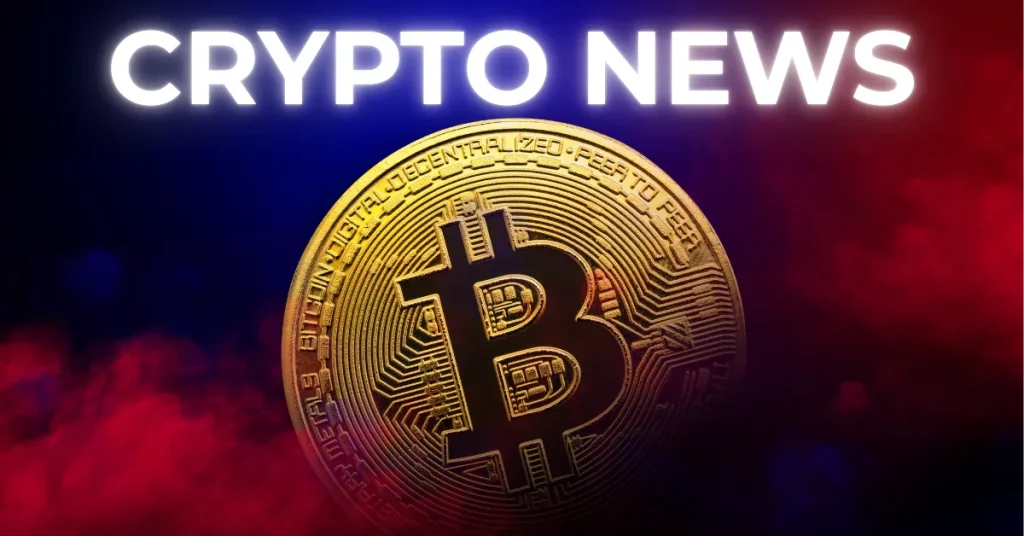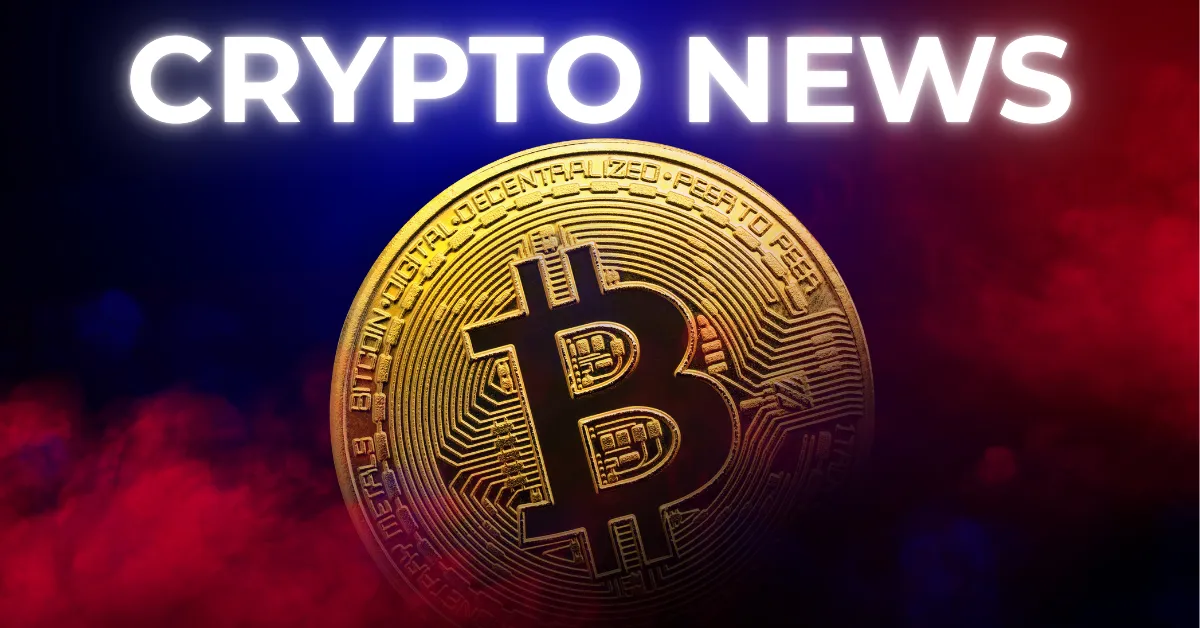
The Future of Cryptocurrency in 2025: A Balancing Act Between Innovation and Regulation
Introduction: A Year of Contrasts
The cryptocurrency landscape in 2025 is a study in contrasts. On one hand, the market is witnessing unprecedented innovation, with Bitcoin reaching new heights and institutional players deepening their involvement. On the other, regulatory scrutiny and security concerns persist, casting a shadow over the industry’s rapid growth. This duality defines the year, as the crypto world navigates the delicate balance between progress and caution.
Bitcoin’s Unprecedented Surge
Bitcoin’s performance in 2025 is nothing short of extraordinary. The flagship cryptocurrency has surpassed gold to become the best-performing asset of the year, reaching a peak price of $123,000. This 30% year-to-date surge is more than just a price milestone; it signifies a broader acceptance of Bitcoin as a legitimate store of value and a hedge against traditional market uncertainties. The surge is driven by a confluence of factors, including institutional adoption, macroeconomic instability, and a growing recognition of Bitcoin’s scarcity and decentralized nature.
The rise of Bitcoin ETFs has played a pivotal role in this ascent. These investment vehicles have democratized access to Bitcoin, allowing traditional investors to gain exposure without the complexities of direct ownership. The approval of spot Bitcoin ETFs in 2024 has been a game-changer, attracting significant inflows and boosting market liquidity. This trend is expected to continue in 2025, further cementing Bitcoin’s status as a mainstream asset.
Regulatory Landscape: A Work in Progress
The regulatory environment for cryptocurrencies in 2025 is characterized by both progress and uncertainty. The United States, in particular, is taking significant steps to shape the regulatory framework for digital assets. The House of Representatives has dedicated a “Crypto Week” to deliberate on key legislation, including the CLARITY bill, the GENIUS bill, and the Anti-CBDC Surveillance Act. These bills address critical aspects of the digital asset ecosystem, such as tax clarity, consumer protection, and the prevention of surveillance through central bank digital currencies (CBDCs).
The ongoing legal battle between Ripple and the Securities and Exchange Commission (SEC) continues to be a focal point. The outcome of this case has broad implications for the industry, as it will influence how digital assets are classified and regulated. A favorable ruling for Ripple could set a precedent for other cryptocurrency projects, potentially easing regulatory pressures and fostering innovation.
However, regulatory uncertainty remains a significant challenge. The lack of clear guidelines has led to a patchwork of state-level regulations, creating confusion and compliance hurdles for crypto businesses. This fragmentation is a barrier to mainstream adoption and investor confidence. To address these issues, industry stakeholders are calling for a comprehensive federal framework that provides clarity and consistency.
Institutional Adoption: A Sign of Maturity
Institutional involvement in the cryptocurrency market is deepening, signaling a shift in mainstream acceptance. Traditional financial institutions are increasingly embracing digital assets, recognizing their potential as a hedge against inflation and a diversifier of investment portfolios.
JPMorgan Chase’s partnership with Coinbase is a notable example of this trend. The collaboration allows Chase users to link their bank accounts directly to Coinbase wallets, streamlining the process of buying and selling Bitcoin. This integration is expected to enhance accessibility and convenience for consumers, potentially attracting a new wave of retail investors.
Corporate treasuries are also diversifying their assets with digital currencies. Trump Media’s investment of $2 billion in Bitcoin to establish a crypto reserve reflects a growing trend among corporations. This strategic move underscores a long-term belief in the potential of Bitcoin and other cryptocurrencies as viable components of corporate treasuries.
However, not all institutional activity is positive. “Operation Chokepoint 3.0” reflects attempts by banks to restrict access to crypto and fintech companies. This resistance highlights the ongoing struggle for legitimacy and acceptance faced by the crypto industry. To overcome these challenges, the industry must continue to demonstrate its value proposition and work towards greater transparency and compliance.
The Dark Side: Scams and Security Concerns
Amidst the enthusiasm surrounding Bitcoin’s rise and increasing institutional involvement, the specter of scams and security breaches continues to loom large. The surge in Bitcoin’s price has attracted malicious actors seeking to exploit unsuspecting investors through various fraudulent schemes.
The emergence of scam tokens exploiting tragic events, such as the “Ozzy Osbourne’s Death” token on Solana, underscores the ruthless tactics employed by scammers. These tokens often promise high returns or exclusive access to events, preying on the emotions and greed of investors. The deepfake video featuring Ripple CTO David Schwartz promoting a fake 100 million XRP giveaway serves as a stark reminder of the sophistication and deceptive nature of modern crypto scams.
To mitigate these risks, investors must exercise caution and vigilance when engaging with digital assets. Verifying the legitimacy of projects, avoiding suspicious links, and conducting thorough research are essential steps in protecting oneself from scams. Additionally, the industry must prioritize security measures, such as multi-factor authentication and secure wallet storage, to safeguard user funds.
Ethereum’s Evolution: A Balanced Outlook
While Bitcoin garners significant attention, Ethereum is also making strides in 2025. The second-largest cryptocurrency by market capitalization continues to evolve, with ongoing developments aimed at improving scalability, security, and decentralization.
Spot Ethereum ETFs experienced net outflows in 2025, ending a streak of inflows. This shift suggests some investor caution or profit-taking, reflecting the broader market’s volatility. However, corporate boosts and ongoing development activities continue to support Ethereum’s long-term potential.
Ethereum’s transition to a proof-of-stake (PoS) consensus mechanism has been a significant milestone. This shift has reduced energy consumption and improved scalability, positioning Ethereum as a more sustainable and efficient blockchain. The ongoing development of layer-2 solutions, such as Optimism and Arbitrum, further enhances Ethereum’s capabilities, enabling faster and cheaper transactions.
The Broader Market: Movers and Shakers
Beyond Bitcoin and Ethereum, other players in the cryptocurrency market are making notable moves. Robinhood, Ripple, Solana, and FTX are among the companies generating headlines, indicating a dynamic and evolving ecosystem.
Robinhood’s expansion into the crypto space is a significant development. The platform’s user-friendly interface and regulatory compliance make it an attractive option for retail investors. Ripple’s ongoing legal battle with the SEC has not dampened its ambitions, as the company continues to innovate and expand its global payments network.
Solana’s ecosystem is also thriving, with a growing number of projects and developers building on the blockchain. The network’s high throughput and low transaction fees make it an attractive alternative to Ethereum. However, Solana has faced criticism over its centralization concerns and past outages, which the team is actively addressing.
FTX’s collapse in 2022 has had a lasting impact on the industry. The fallout from the exchange’s bankruptcy has led to increased scrutiny and calls for greater transparency and regulation. The broader market is still recovering from this event, with investors exercising caution and prioritizing security.
Justin Sun’s Tron Inc. listing on Nasdaq is a significant milestone, highlighting the increasing maturity and institutional recognition of cryptocurrency companies. This move could pave the way for other crypto firms to access public markets and attract a wider range of investors. However, the listing has also raised questions about the transparency and governance of Tron, underscoring the need for greater accountability in the industry.
Conclusion: Navigating the Crossroads of Crypto
As 2025 unfolds, the cryptocurrency market finds itself at a critical juncture. Bitcoin’s surge to prominence, coupled with increasing institutional involvement, signals a growing acceptance of digital assets as legitimate investments. However, the persistence of scams and regulatory uncertainty underscores the need for caution and vigilance.
The path forward for cryptocurrency hinges on striking a balance between fostering innovation and ensuring consumer protection. By embracing responsible regulation, promoting transparency, and educating investors, the industry can mitigate risks and unlock the transformative potential of digital assets. The crypto landscape in 2025 is one of opportunity, but only for those who tread carefully and remain informed.





